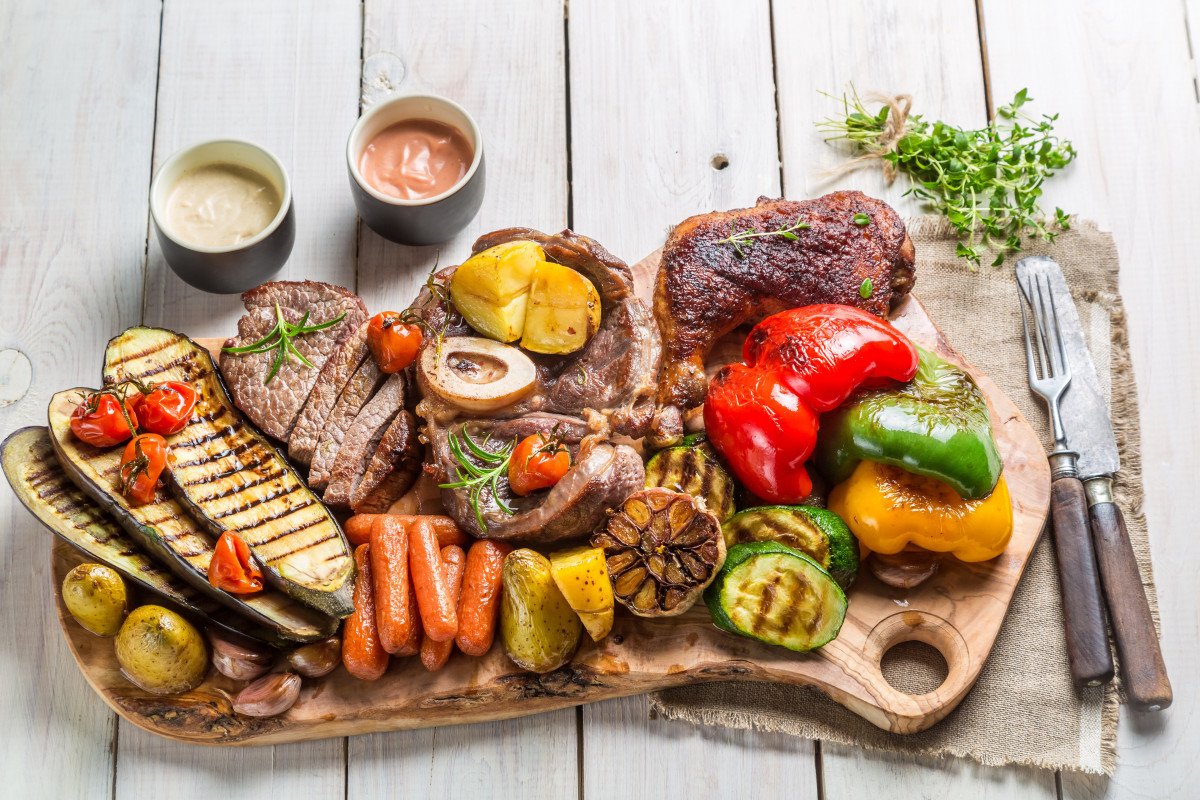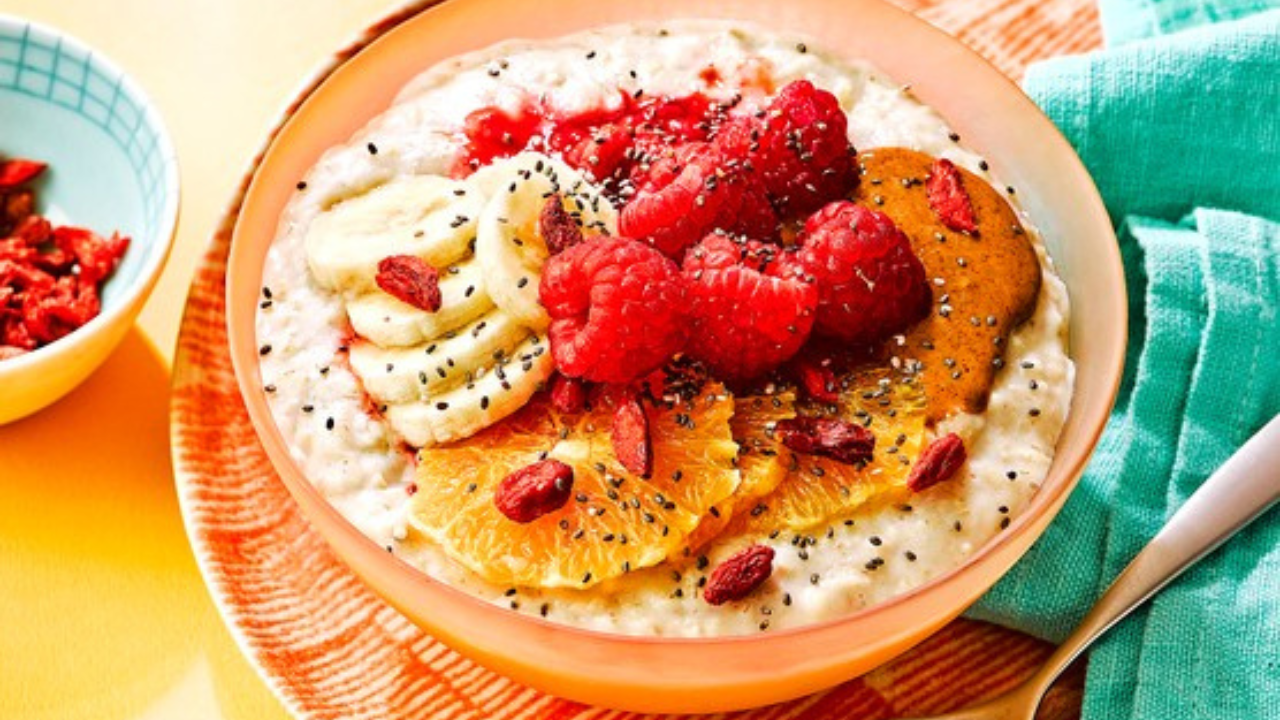Leftover Porridge Pancakes: A Delicious, Sustainable Way to Transform Your Breakfast
In a world where food waste is a growing concern, finding creative ways to repurpose leftovers is both practical and rewarding. Enter leftover porridge pancakes—a brilliant solution to transform your morning oats into fluffy, golden pancakes that are as delicious as they are sustainable. This versatile recipe combines the wholesome goodness of oats with pantry staples to create a breakfast that’s hearty, nutritious, and endlessly customizable. Whether you’re looking to reduce waste, save time, or simply enjoy a comforting meal, these pancakes are a game-changer. This comprehensive guide will walk you through every step of making professional-quality leftover porridge pancakes, with tips for variations, serving ideas, and more. Let’s dive into the art of turning humble leftovers into a breakfast masterpiece!
Why Leftover Porridge Pancakes?
Porridge, made from oats or other grains, is a breakfast staple in many households. But what happens when you make too much? Instead of tossing it out, you can give it new life as pancakes. Here’s why this recipe is worth trying:
- Reduces Food Waste: Repurposing leftover porridge helps minimize waste, aligning with sustainable cooking practices.
- Budget-Friendly: Uses simple ingredients you likely already have, making it an economical choice.
- Nutritious: Oats are packed with fiber, vitamins, and minerals, and the pancakes can be customized to suit various dietary needs.
- Quick and Easy: With leftover porridge ready to go, these pancakes come together in under 30 minutes.
- Kid-Friendly: Their soft texture and mild flavor make them a hit with kids and adults alike.
This recipe yields about 8–10 medium pancakes, serving 3–4 people, and is perfect for a cozy breakfast or brunch. It’s flexible enough to accommodate different types of porridge (oatmeal, quinoa, or even rice-based) and can be adapted for dietary preferences like gluten-free or vegan. Let’s get started!
Ingredients
For the Pancake Batter
- 1 cup (250g) leftover porridge (oatmeal, preferably made with rolled oats; cooled to room temperature)
- 1 cup (125g) all-purpose flour (or gluten-free flour blend)
- 1 large egg (or flax egg for vegan option; see Tips)
- ¾ cup (180ml) milk (dairy or plant-based, such as almond, oat, or soy)
- 2 tablespoons (25g) granulated sugar (optional, for a touch of sweetness)
- 1 teaspoon baking powder
- ½ teaspoon baking soda
- ½ teaspoon ground cinnamon (optional, for warmth)
- ¼ teaspoon salt
- 1 teaspoon vanilla extract (optional, for flavor)
- 2 tablespoons (30ml) melted butter or neutral oil (e.g., canola or coconut oil), plus extra for cooking
Optional Add-Ins
- ½ cup (75g) fresh or frozen blueberries, raspberries, or chopped bananas
- ¼ cup (40g) chocolate chips or chopped nuts (e.g., walnuts, pecans)
- 2 tablespoons (15g) shredded coconut or chia seeds for texture
For Serving
- Maple syrup, honey, or agave nectar
- Fresh fruit (e.g., sliced strawberries, bananas, or berries)
- Greek yogurt or whipped cream
- Nut butter (e.g., almond or peanut butter)
- A sprinkle of cinnamon or powdered sugar
Equipment
- Large mixing bowl
- Whisk or fork
- Measuring cups and spoons
- Non-stick skillet or griddle
- Spatula
- Ladle or large spoon
- Plate for stacking pancakes
Step-by-Step Instructions
Step 1: Prepare the Leftover Porridge
- Check the Porridge:
- Ensure your leftover porridge is cooled to room temperature. If it’s been refrigerated, let it sit out for 10–15 minutes or microwave briefly to soften.
- Tip: This recipe works best with plain or lightly sweetened porridge. If your porridge contains strong flavors (e.g., savory spices), consider rinsing it lightly or using it for a savory pancake variation (see Variations).
- Break Up Clumps:
- Use a fork to break up any clumps in the porridge, creating a smooth, workable texture.
Step 2: Mix the Pancake Batter
The key to fluffy pancakes is a well-balanced batter that’s neither too thick nor too runny.
- Combine Dry Ingredients:
- In a large mixing bowl, whisk together the flour, baking powder, baking soda, salt, cinnamon (if using), and sugar (if using).
- Mix Wet Ingredients:
- In a separate bowl or directly in the porridge, combine the leftover porridge, egg, milk, melted butter or oil, and vanilla extract (if using). Stir until smooth.
- Tip: If the porridge is very thick, add an extra tablespoon or two of milk to achieve a pourable consistency.
- Combine Wet and Dry:
- Pour the wet ingredients into the dry ingredients and stir gently with a whisk or fork until just combined. The batter should be slightly lumpy; overmixing can lead to dense pancakes.
- Tip: If adding optional ingredients like blueberries or chocolate chips, fold them in gently at this stage.
- Rest the Batter:
- Let the batter rest for 5–10 minutes. This allows the baking powder to activate, resulting in fluffier pancakes.
Step 3: Cook the Pancakes
Cooking pancakes requires a bit of patience to achieve that perfect golden-brown exterior.
- Preheat the Skillet:
- Heat a non-stick skillet or griddle over medium heat. Add a small amount of butter or oil and spread it evenly with a paper towel to prevent sticking.
- Tip: Test the skillet’s heat by dropping a small amount of batter; it should sizzle gently.
- Scoop the Batter:
- Use a ladle or ¼-cup measure to scoop the batter onto the skillet, forming 3–4-inch pancakes. Leave enough space between pancakes for flipping.
- Cook the First Side:
- Cook for 2–3 minutes, or until bubbles form on the surface and the edges look set. The underside should be golden brown.
- Tip: If the pancakes brown too quickly, lower the heat to medium-low.
- Flip and Cook:
- Carefully flip the pancakes with a spatula and cook for another 1–2 minutes, until golden and cooked through.
- Tip: Press gently with the spatula to check doneness; the pancake should feel springy.
- Keep Warm:
- Transfer cooked pancakes to a plate and cover with a clean kitchen towel to keep warm. Alternatively, place them in a low oven (200°F/95°C) while cooking the remaining batter.
- Repeat:
- Add more butter or oil to the skillet as needed and repeat until all the batter is used.
Step 4: Serve the Pancakes
- Stack and Garnish:
- Stack 2–3 pancakes per plate. Drizzle with maple syrup, honey, or your preferred sweetener. Top with fresh fruit, a dollop of Greek yogurt, or a sprinkle of nuts.
- Optional Extras:
- For a decadent touch, add a dusting of powdered sugar, a drizzle of nut butter, or a sprinkle of cinnamon.
- Tip: Serve immediately for the best texture, as pancakes can become dense as they cool.
Tips for Success
- Porridge Consistency: If your porridge is too watery, strain excess liquid before using. If too dry, add a splash of milk to the batter.
- Gluten-Free Option: Use a 1:1 gluten-free flour blend and ensure your porridge is made with certified gluten-free oats.
- Vegan Option: Replace the egg with a flax egg (1 tbsp ground flaxseed + 3 tbsp water, let sit for 5 minutes) and use plant-based milk and oil instead of butter.
- Make Ahead: Prepare the batter up to a day in advance and refrigerate. Stir gently before cooking, as it may thicken.
- Freezing: Freeze cooked pancakes in a single layer, then transfer to a freezer bag for up to 2 months. Reheat in a toaster or oven.
- Batch Cooking: Double the recipe for a crowd, but cook in small batches to avoid overcrowding the skillet.
Nutritional Benefits
Leftover porridge pancakes are a wholesome choice, offering a range of nutrients:
- Oats: High in soluble fiber (beta-glucan), which supports heart health and digestion.
- Eggs: Provide protein, choline, and essential amino acids.
- Milk: Adds calcium and vitamin D (especially if fortified).
- Optional Add-Ins: Fruits and nuts boost vitamins, antioxidants, and healthy fats.
For a lighter version, skip the sugar and use a low-fat milk or plant-based alternative. These pancakes are naturally vegetarian and can be adapted for vegan or gluten-free diets.
Variations to Try
- Savory Pancakes: If your porridge is savory (e.g., made with broth), omit the sugar and cinnamon. Add grated cheese, chopped herbs, or diced scallions to the batter. Serve with sour cream or hot sauce.
- Banana Bread Pancakes: Mash a ripe banana into the batter and add a pinch of nutmeg for a sweet, cozy flavor.
- Apple Cinnamon: Fold in finely diced apples and extra cinnamon. Top with caramel sauce for a fall-inspired treat.
- Protein-Packed: Add a scoop of protein powder or ¼ cup Greek yogurt to the batter for a post-workout meal.
- Tropical Twist: Stir in shredded coconut and diced pineapple, then serve with mango slices and coconut yogurt.
Serving Suggestions
Leftover porridge pancakes are versatile and pair well with a variety of sides and drinks:
- Brunch Spread: Serve with bacon, sausage, or a fruit salad for a balanced meal.
- Drinks: Pair with coffee, tea, or a smoothie for a refreshing contrast.
- Side Dishes: Add a side of scrambled eggs, roasted vegetables, or a green salad for a heartier meal.
- Dessert Pancakes: Top with whipped cream and chocolate sauce for a fun twist.
Why This Recipe Works
This recipe transforms a humble leftover into a breakfast that feels special. The porridge adds moisture and structure to the pancakes, resulting in a tender, hearty texture. The combination of baking powder and baking soda ensures a light, fluffy rise, while optional spices and add-ins allow for endless creativity. The recipe is forgiving, working with various types of porridge and accommodating dietary restrictions. Plus, it’s a sustainable choice that reduces waste without sacrificing flavor.
Troubleshooting Common Issues
- Dense Pancakes: Avoid overmixing the batter, and ensure the baking powder is fresh. Resting the batter also helps.
- Sticking to the Pan: Use enough butter or oil, and ensure the skillet is properly preheated.
- Uneven Cooking: Cook over medium heat and avoid crowding the skillet. Flip only when bubbles form on the surface.
- Too Thick/Thin Batter: Adjust with a tablespoon of flour (if too thin) or milk (if too thick) until pourable.
Conclusion
Leftover porridge pancakes are proof that simple ingredients and a touch of creativity can yield extraordinary results. This recipe is a celebration of sustainability, transforming a common leftover into a breakfast that’s wholesome, delicious, and endlessly adaptable. Whether you’re cooking for a family, experimenting with new flavors, or simply looking to reduce food waste, these pancakes are a perfect choice. So grab that bowl of leftover porridge, fire up the skillet, and enjoy a stack of fluffy, golden goodness. Happy cooking!


